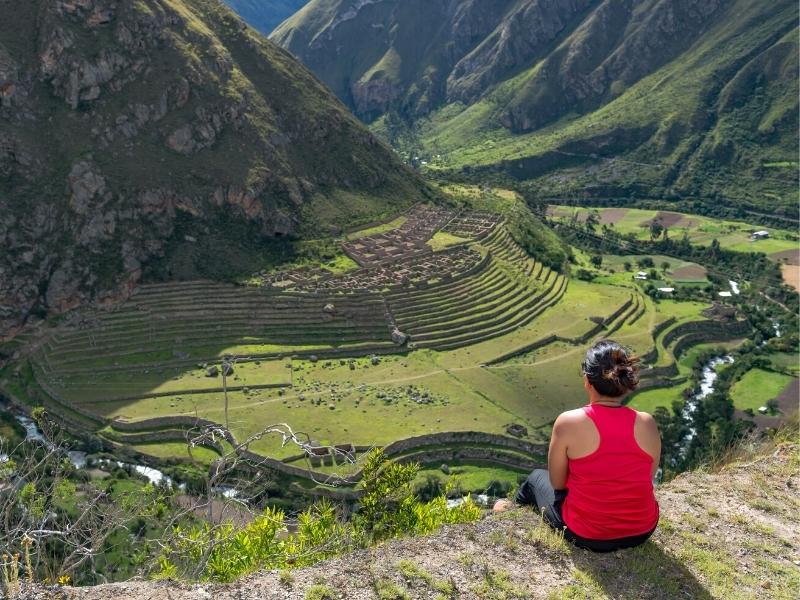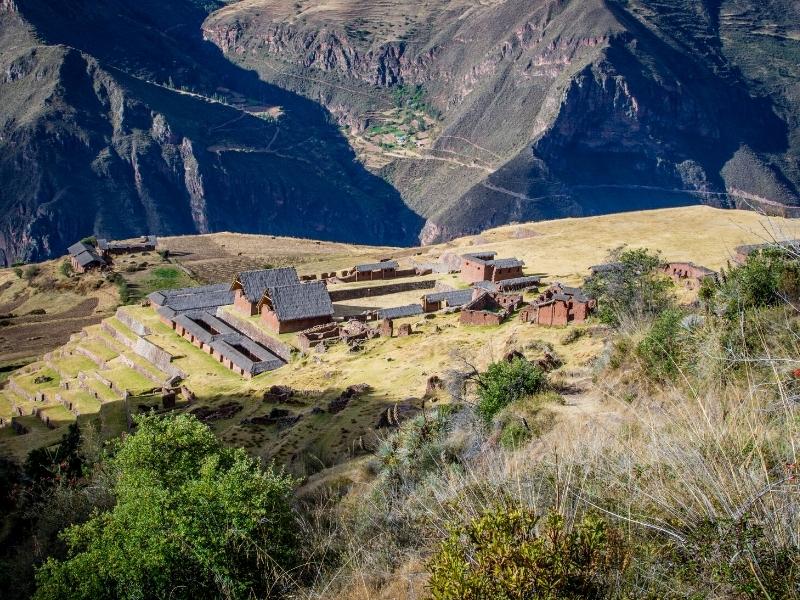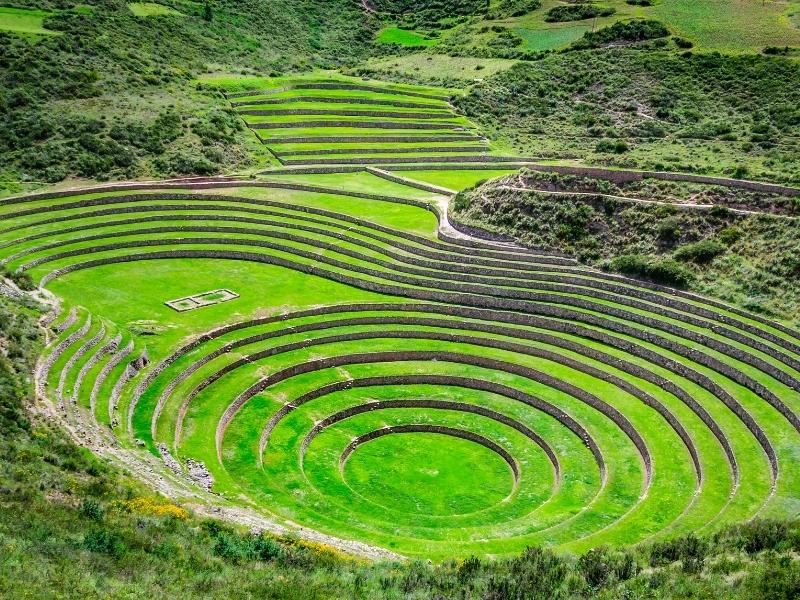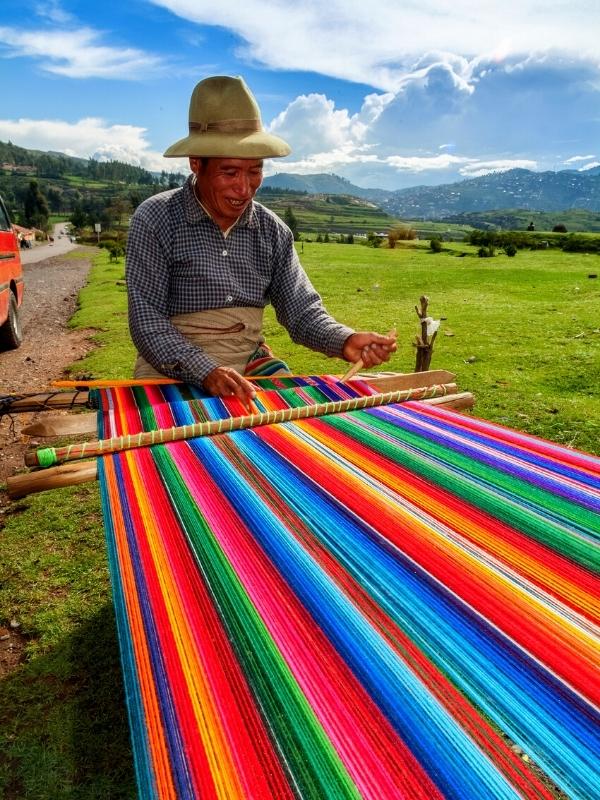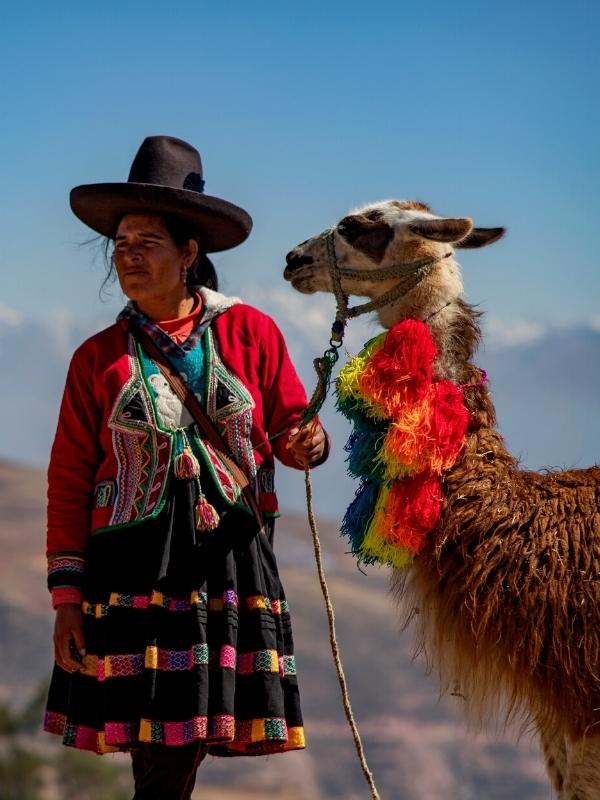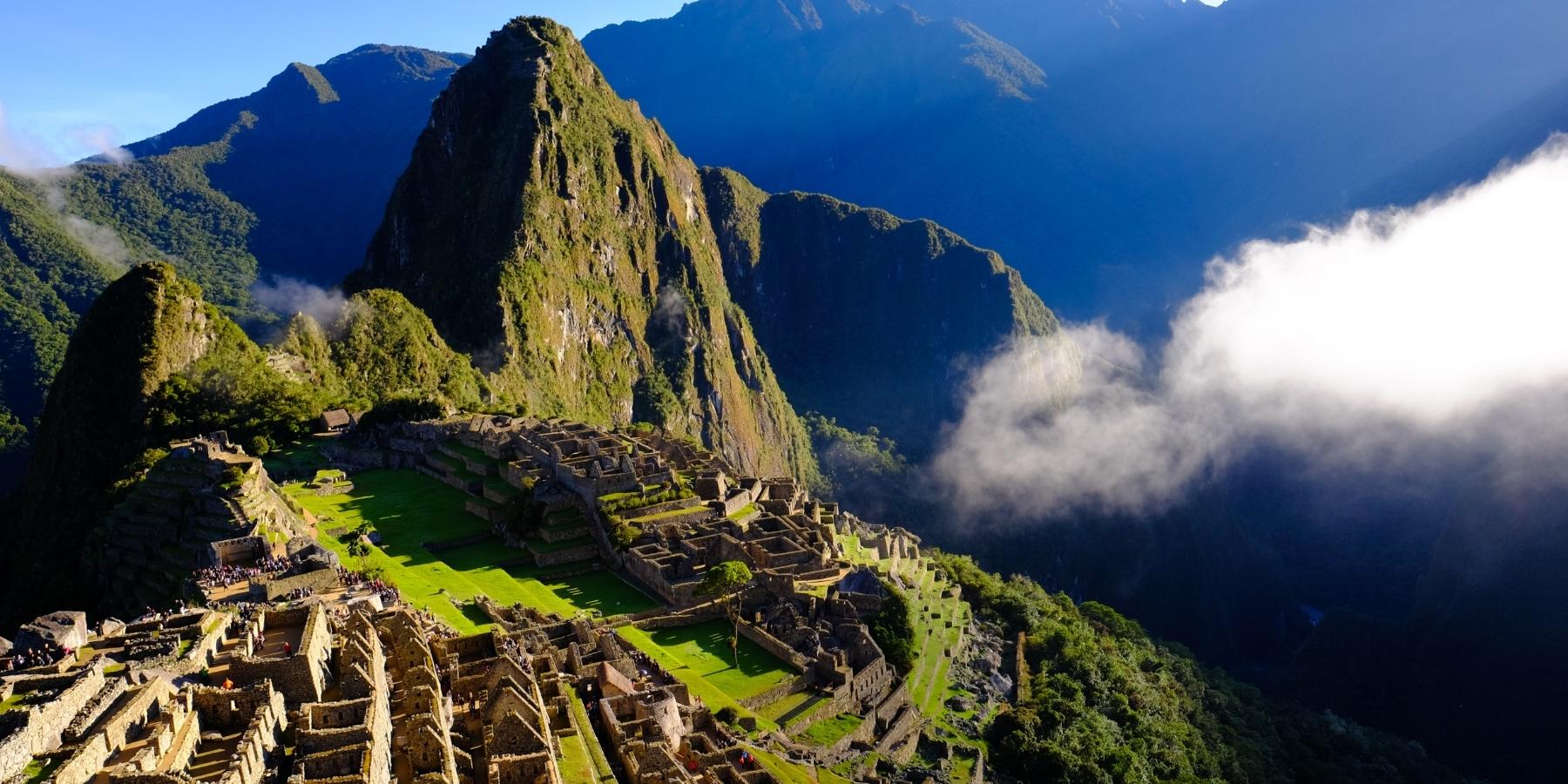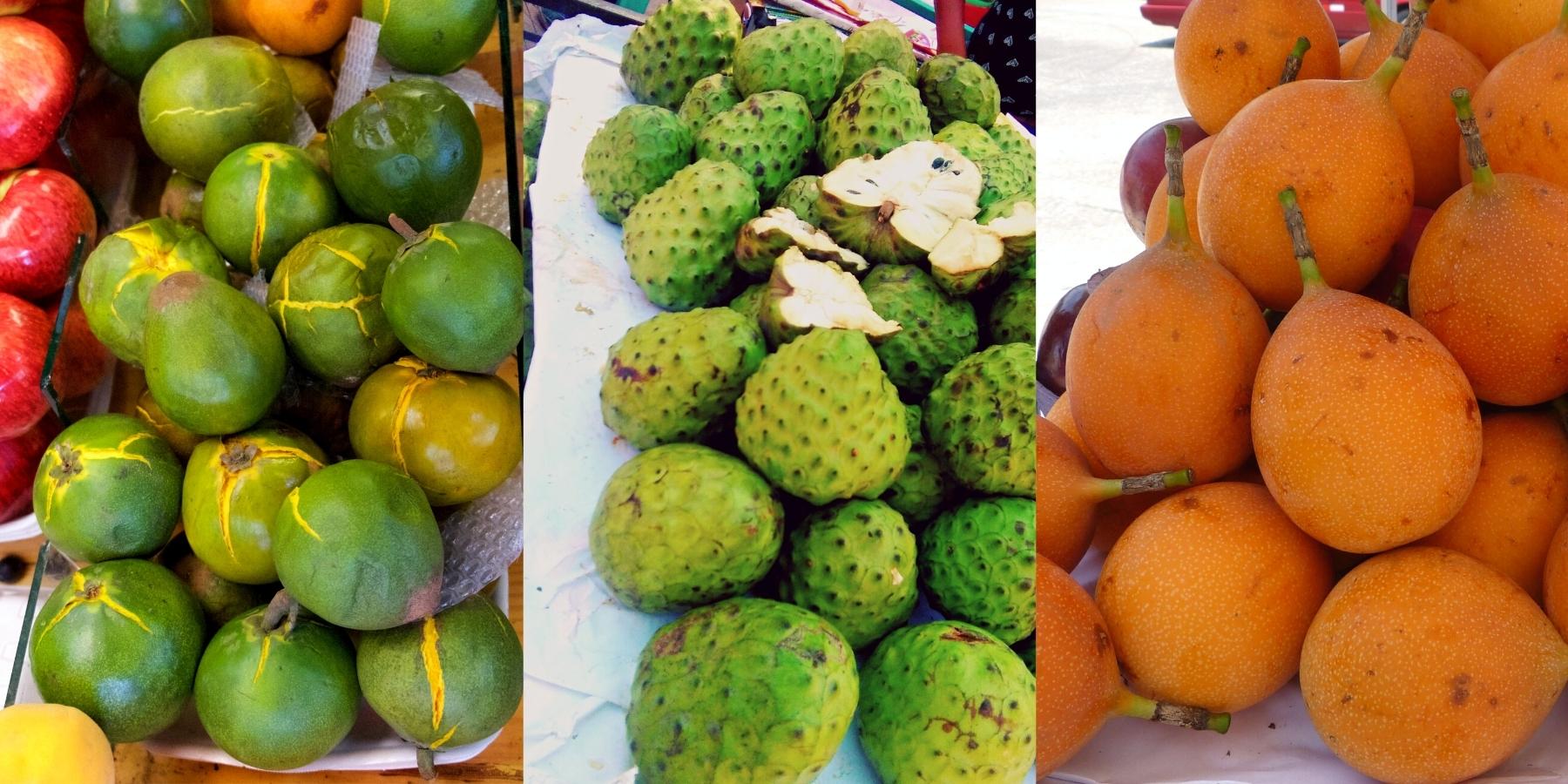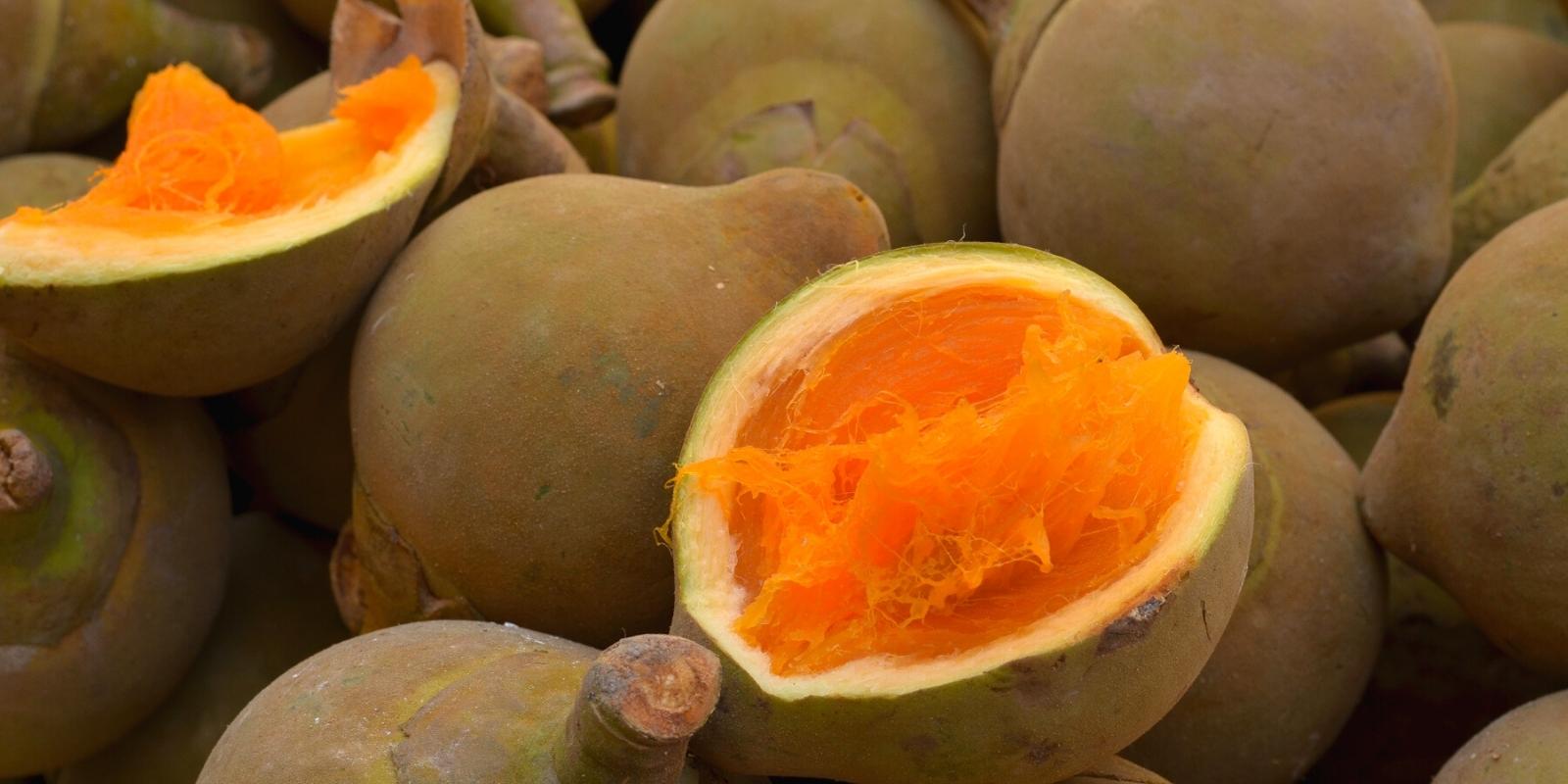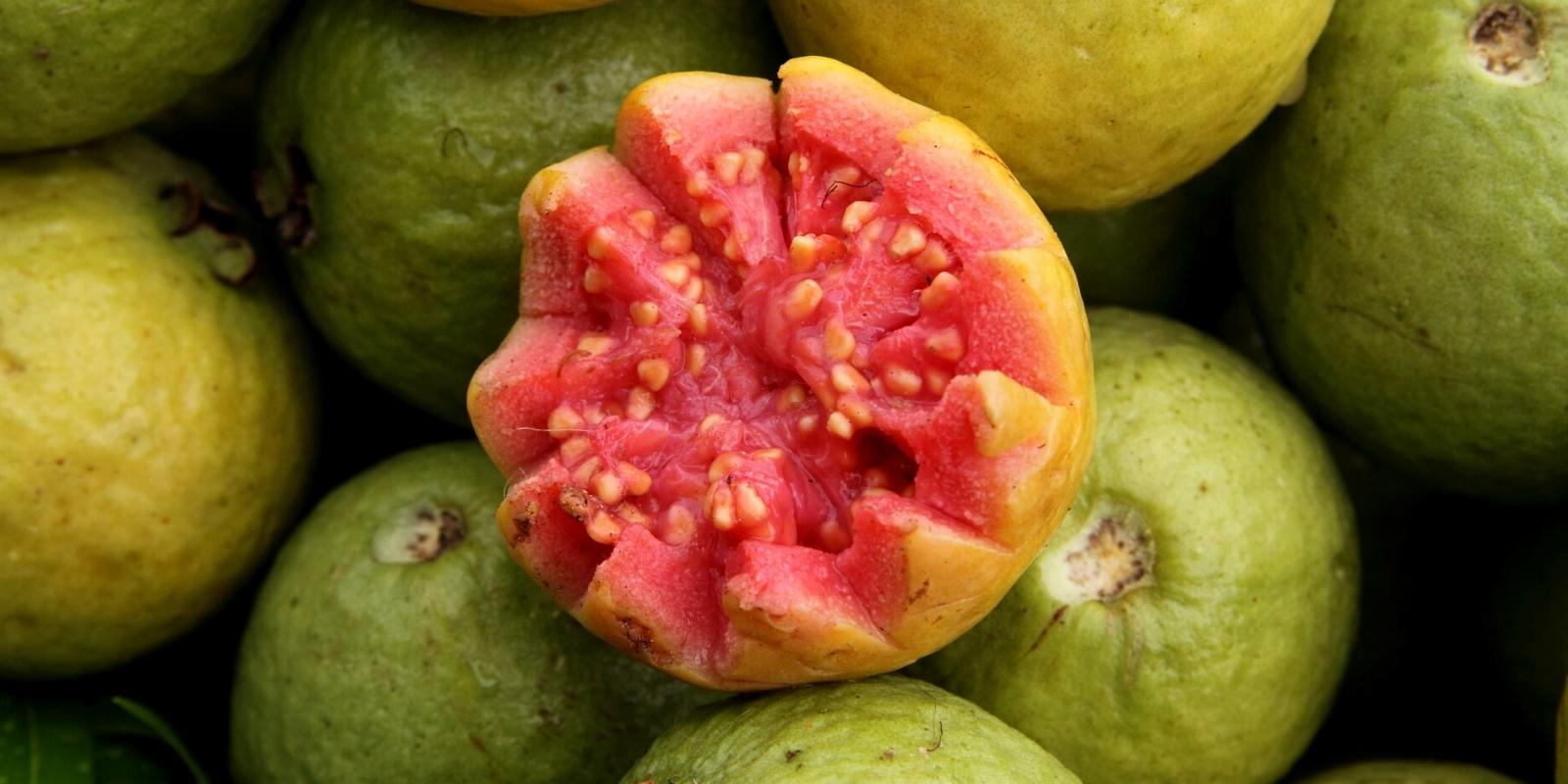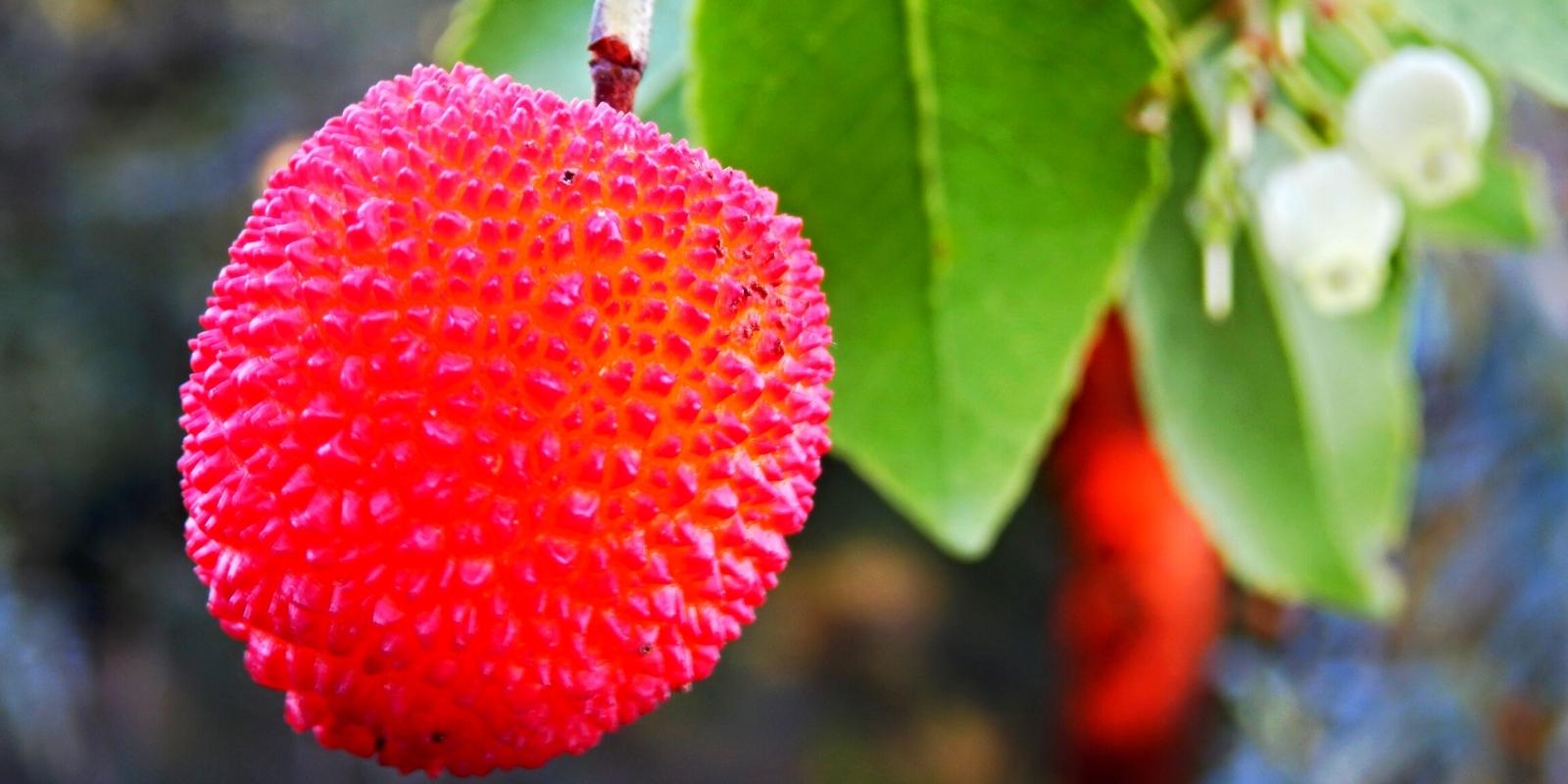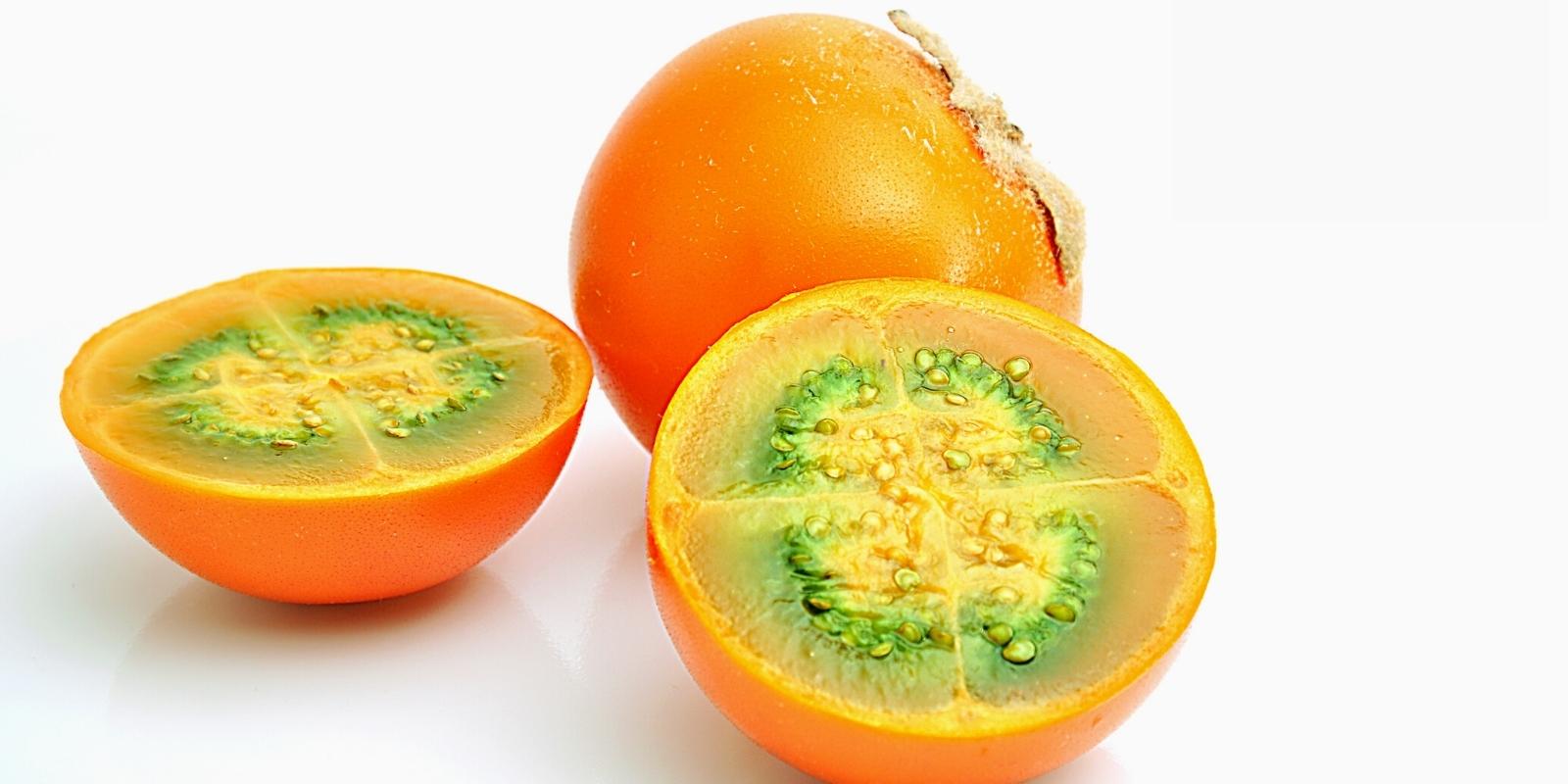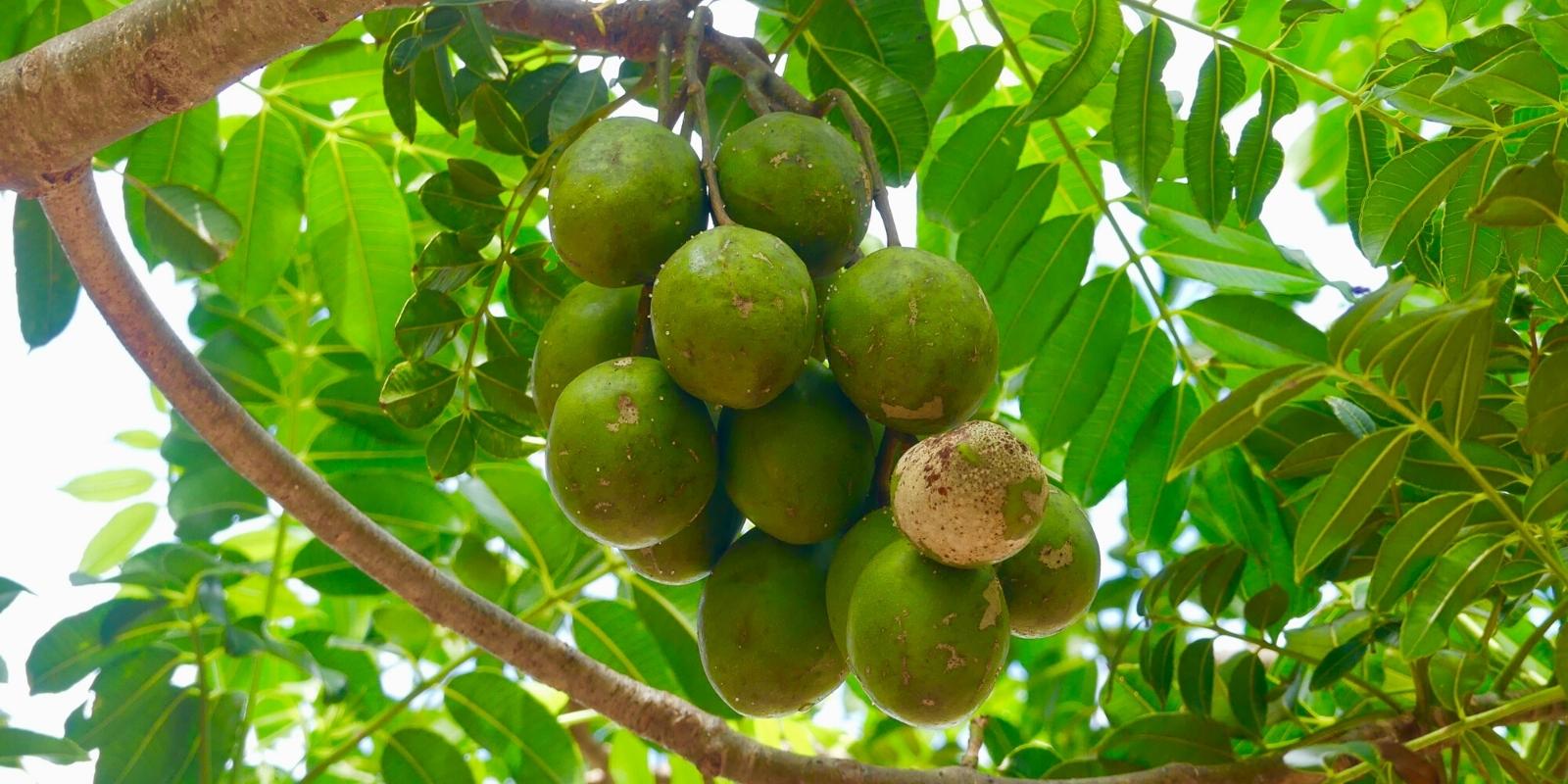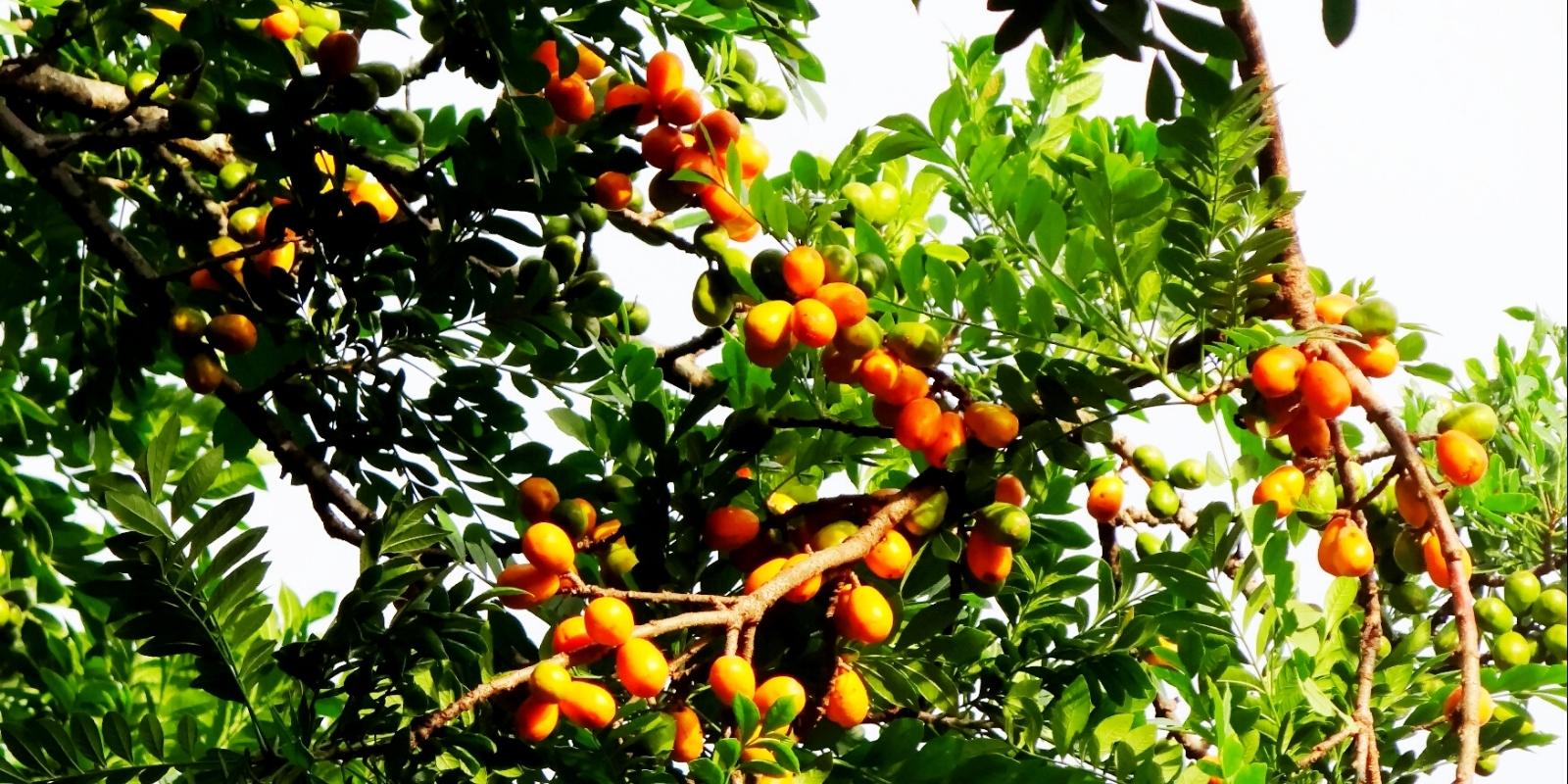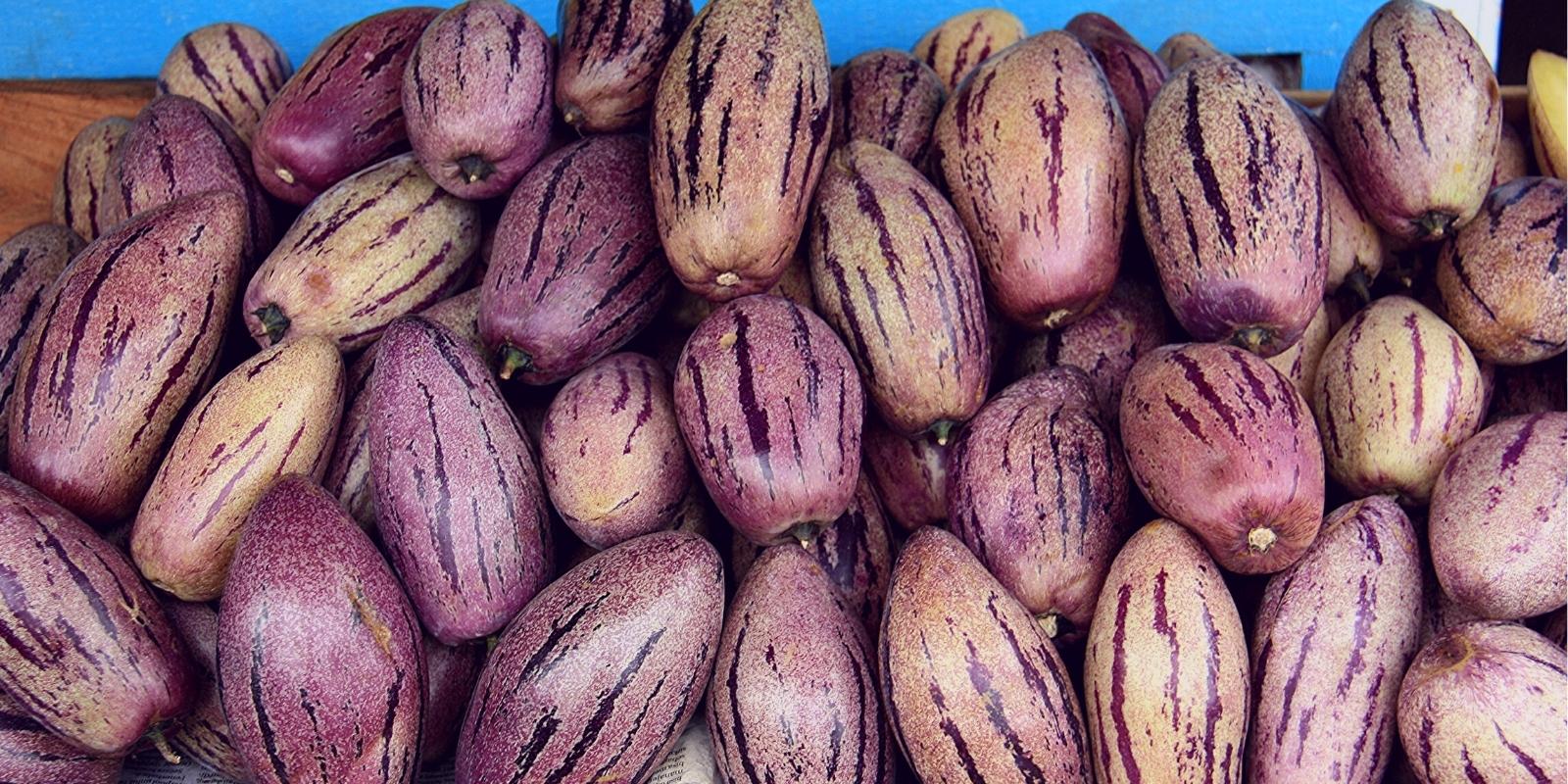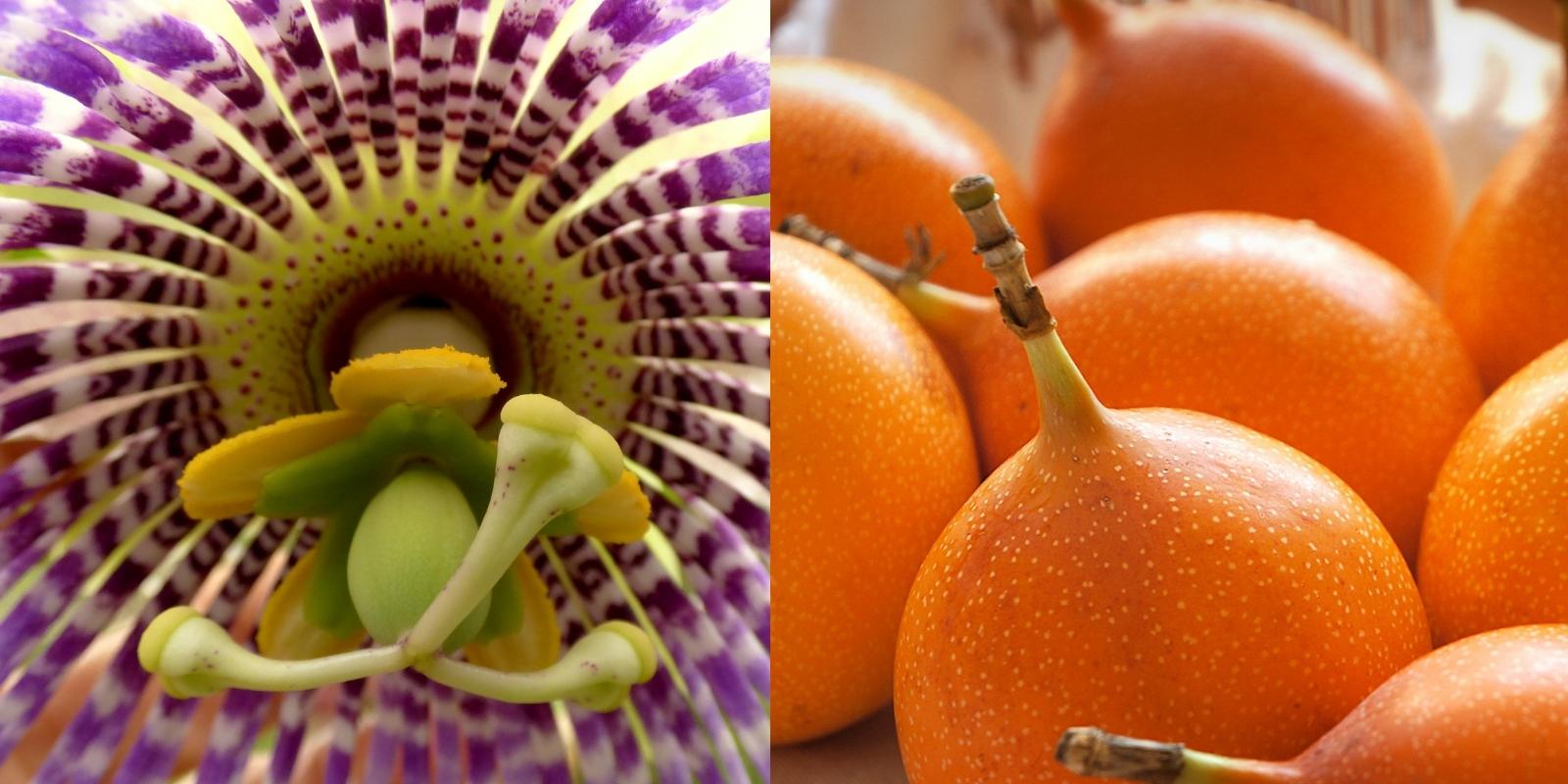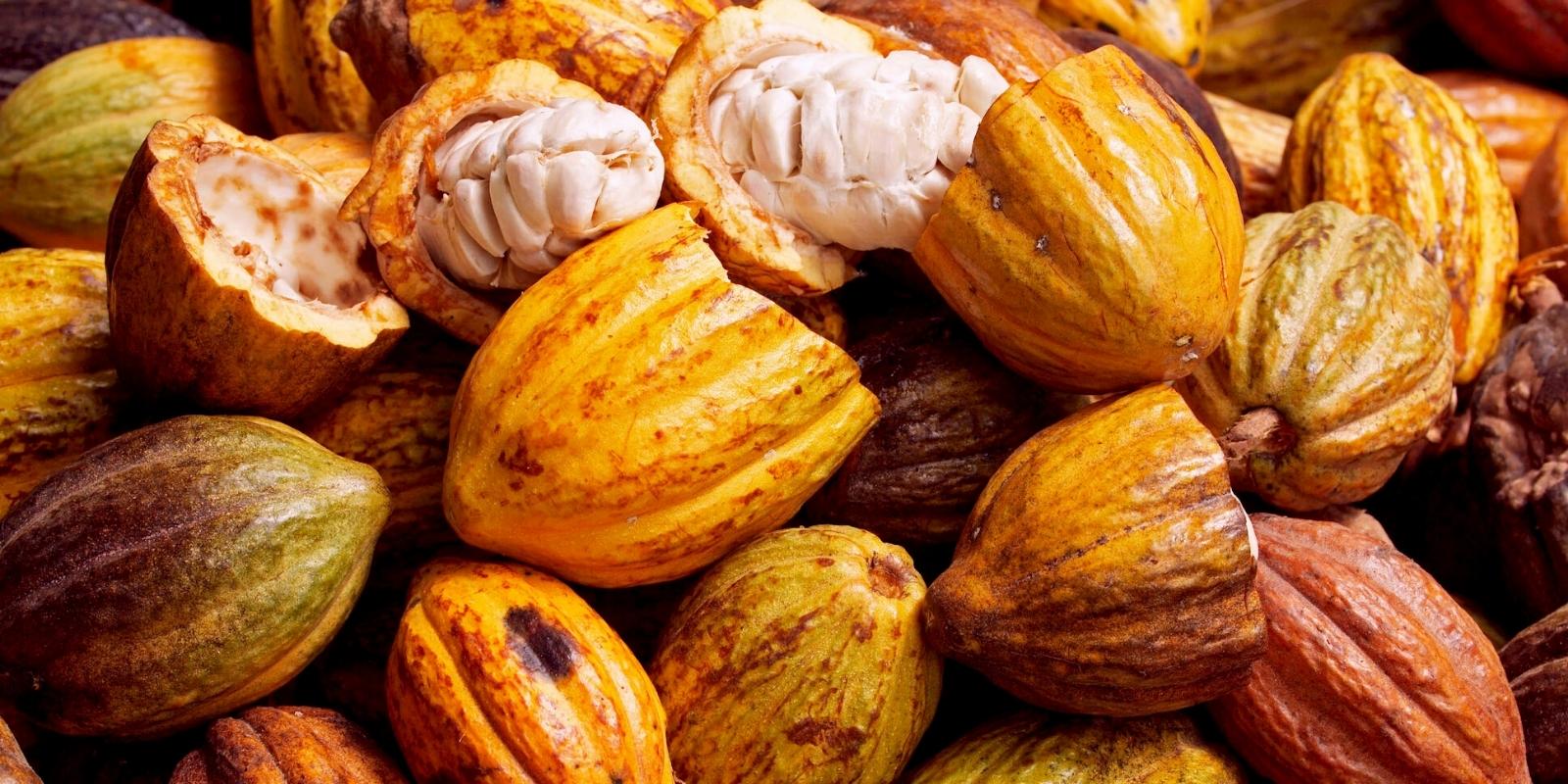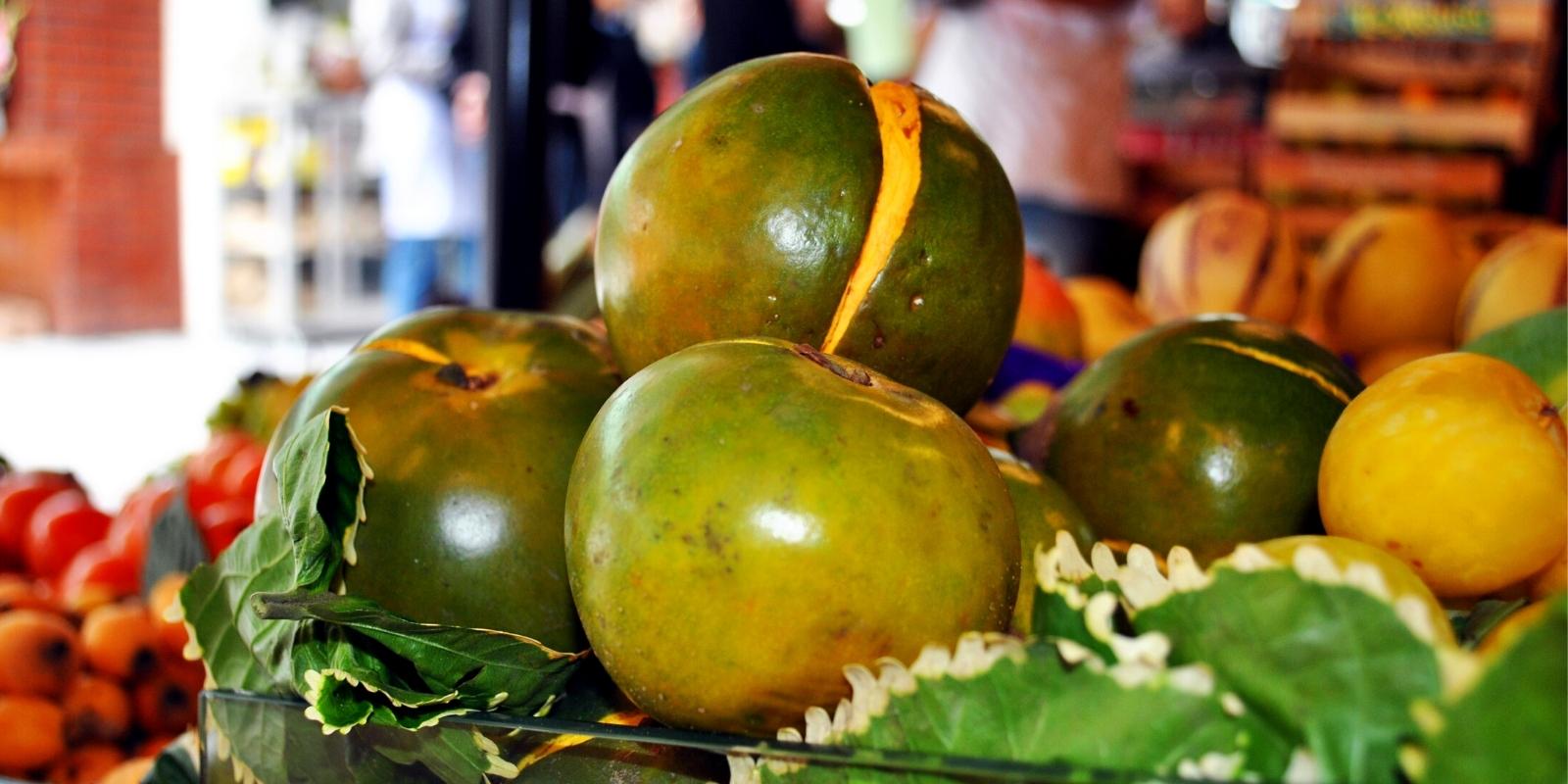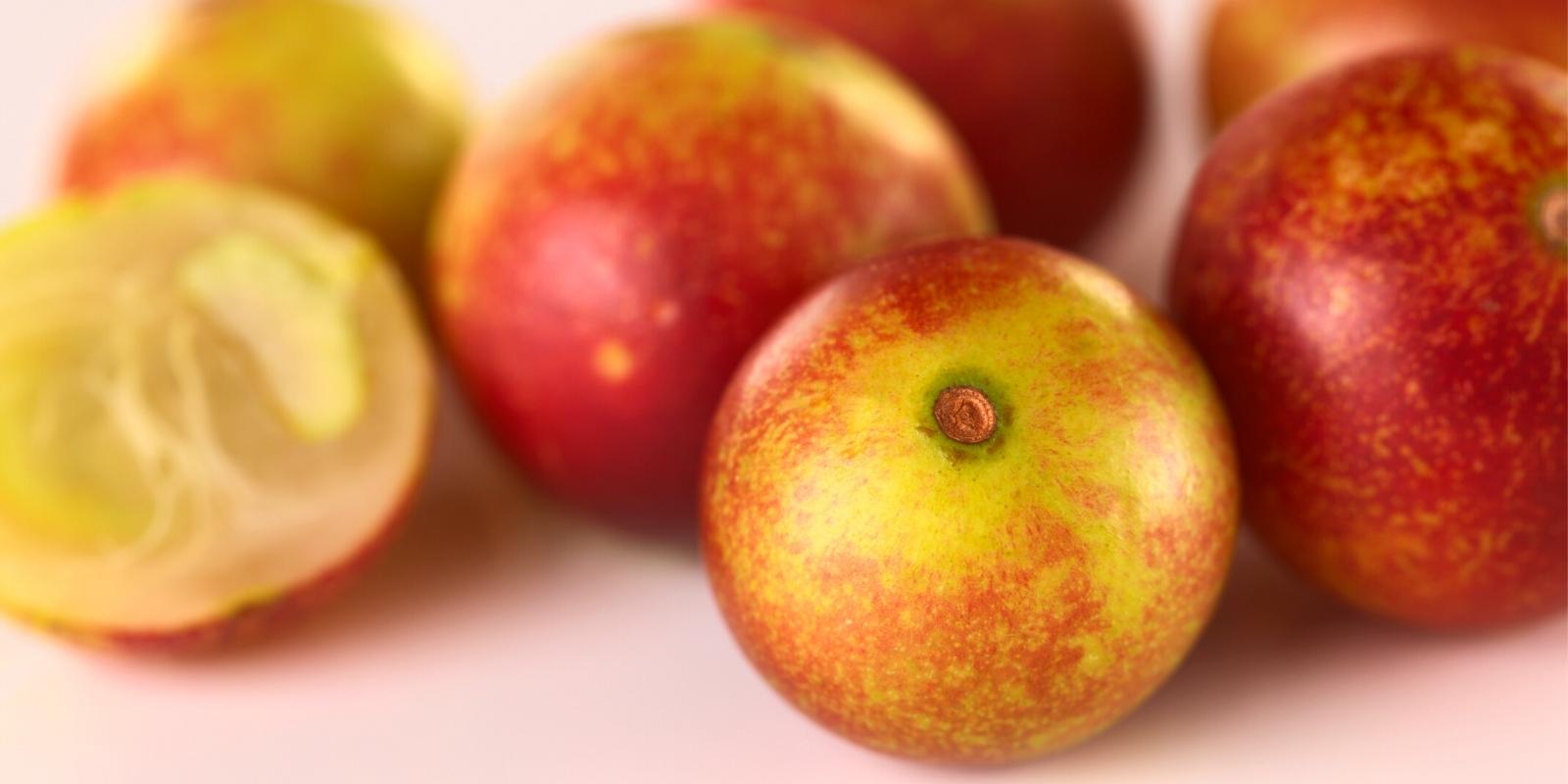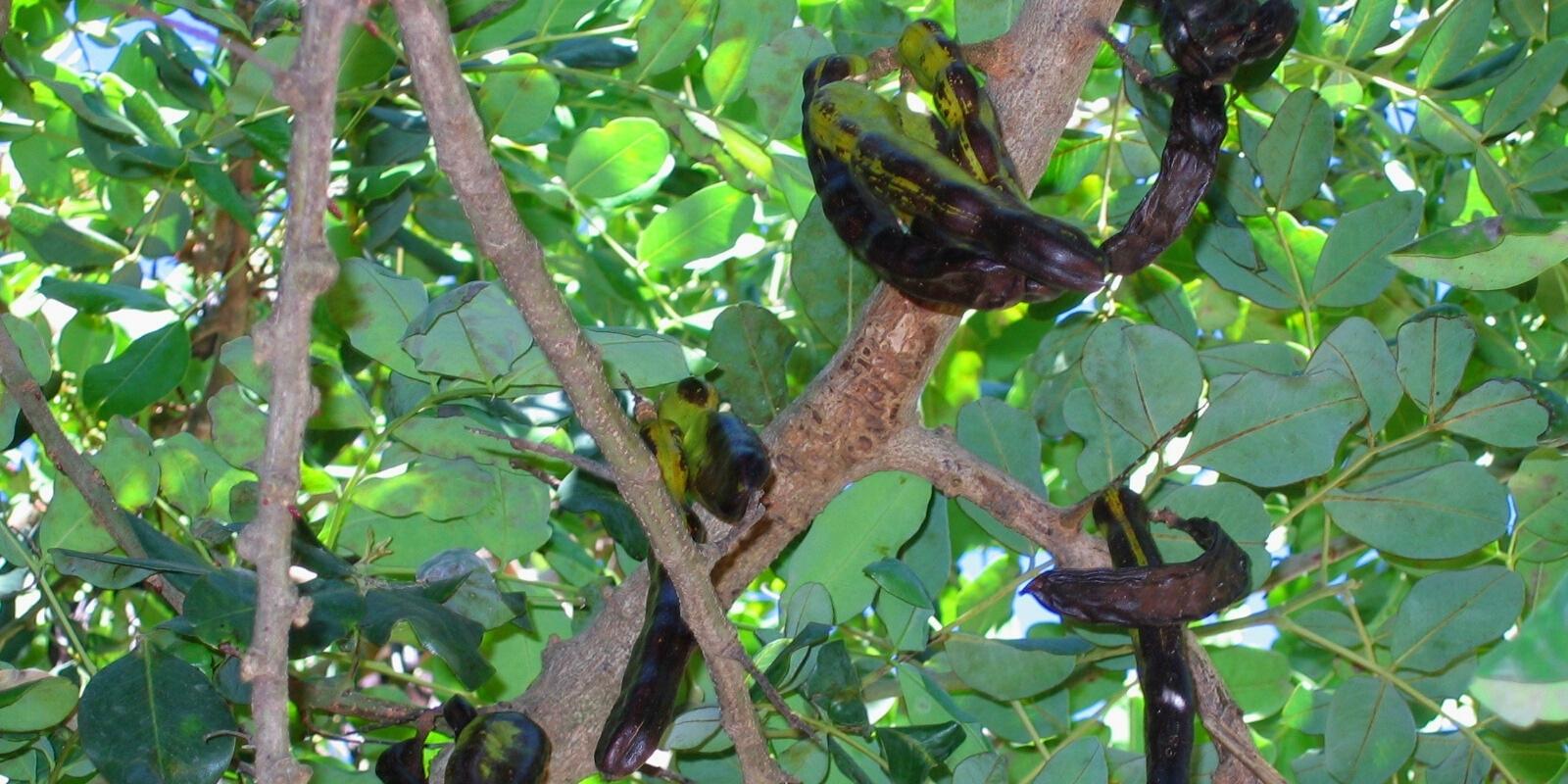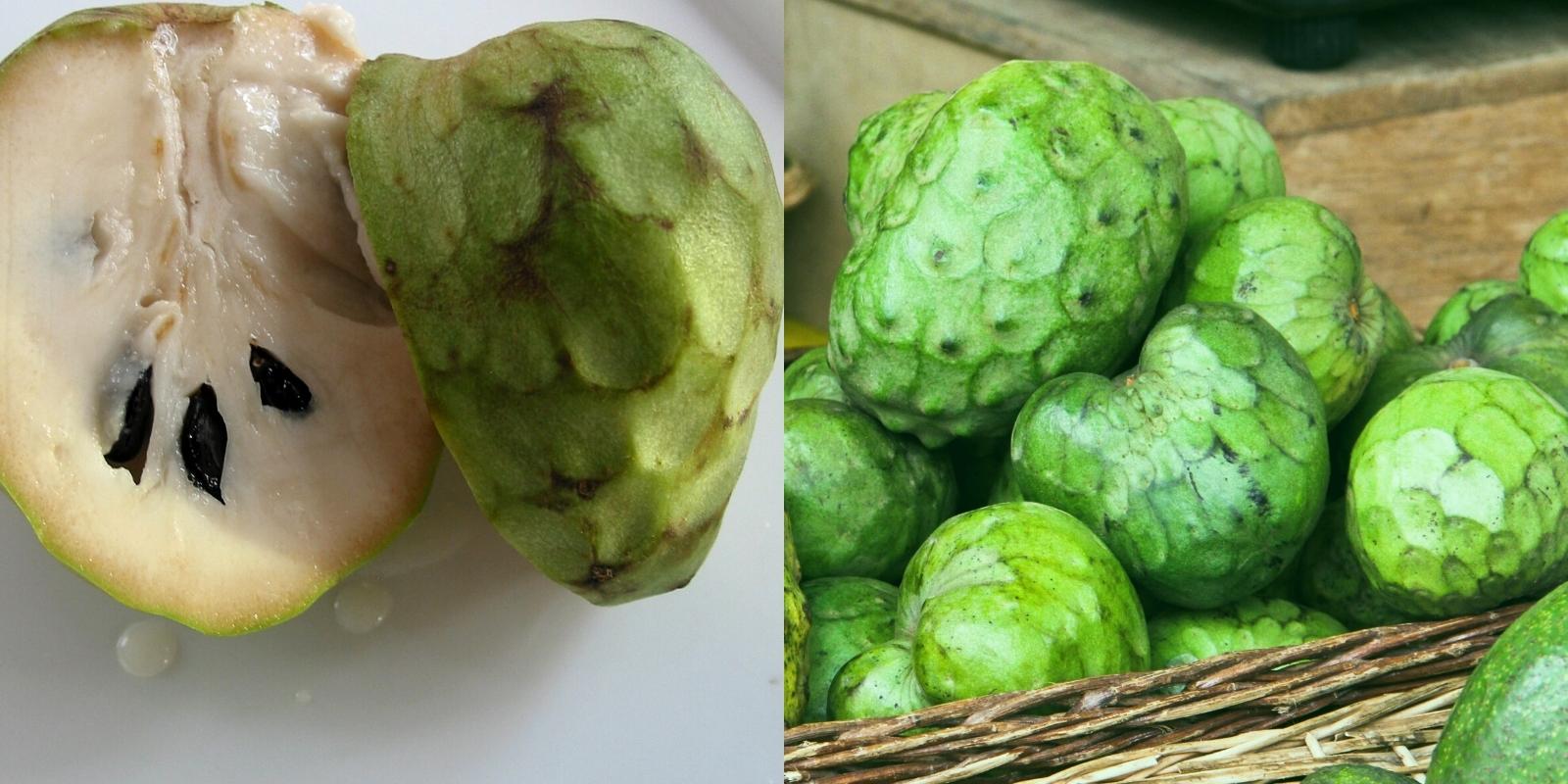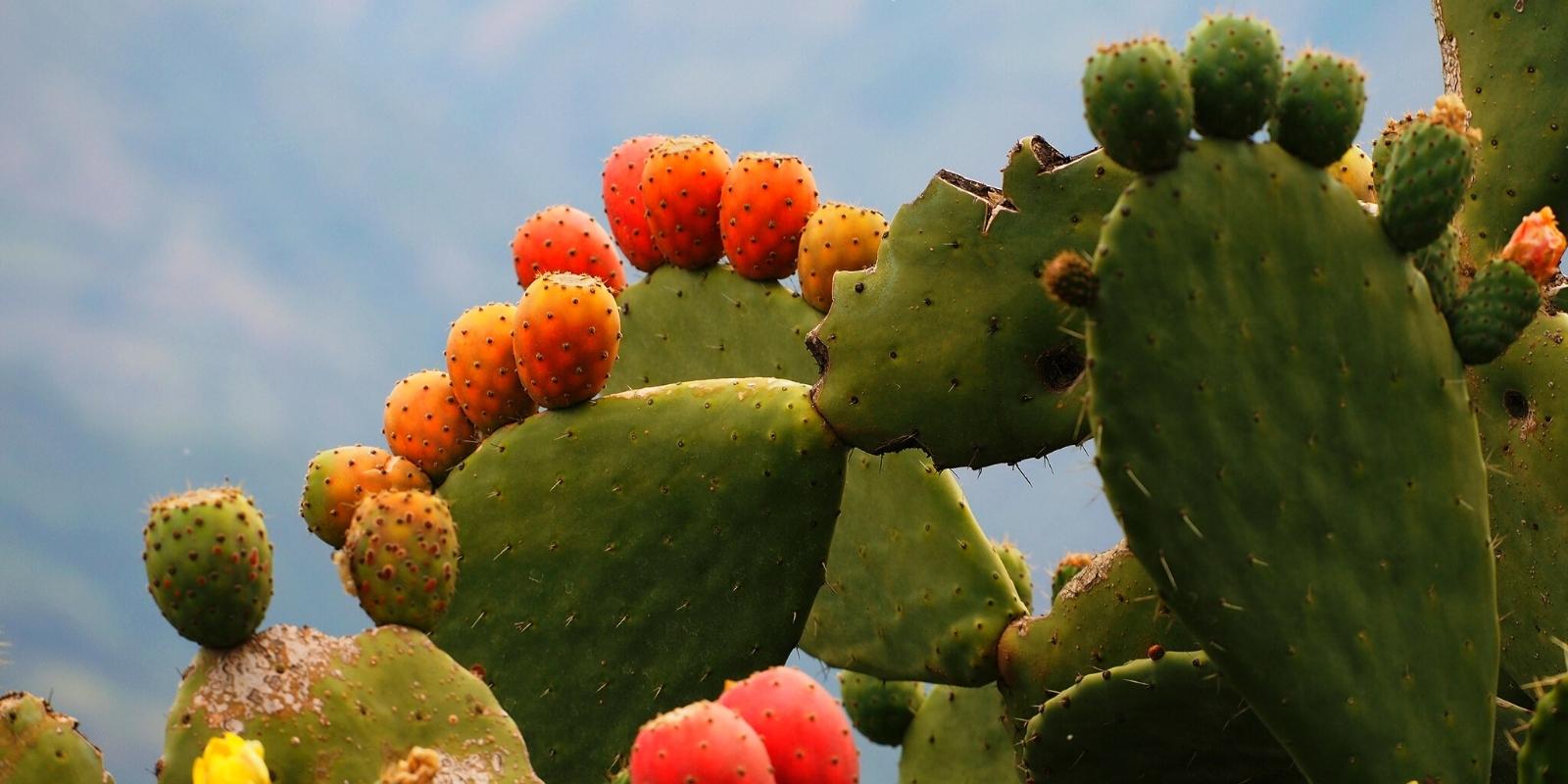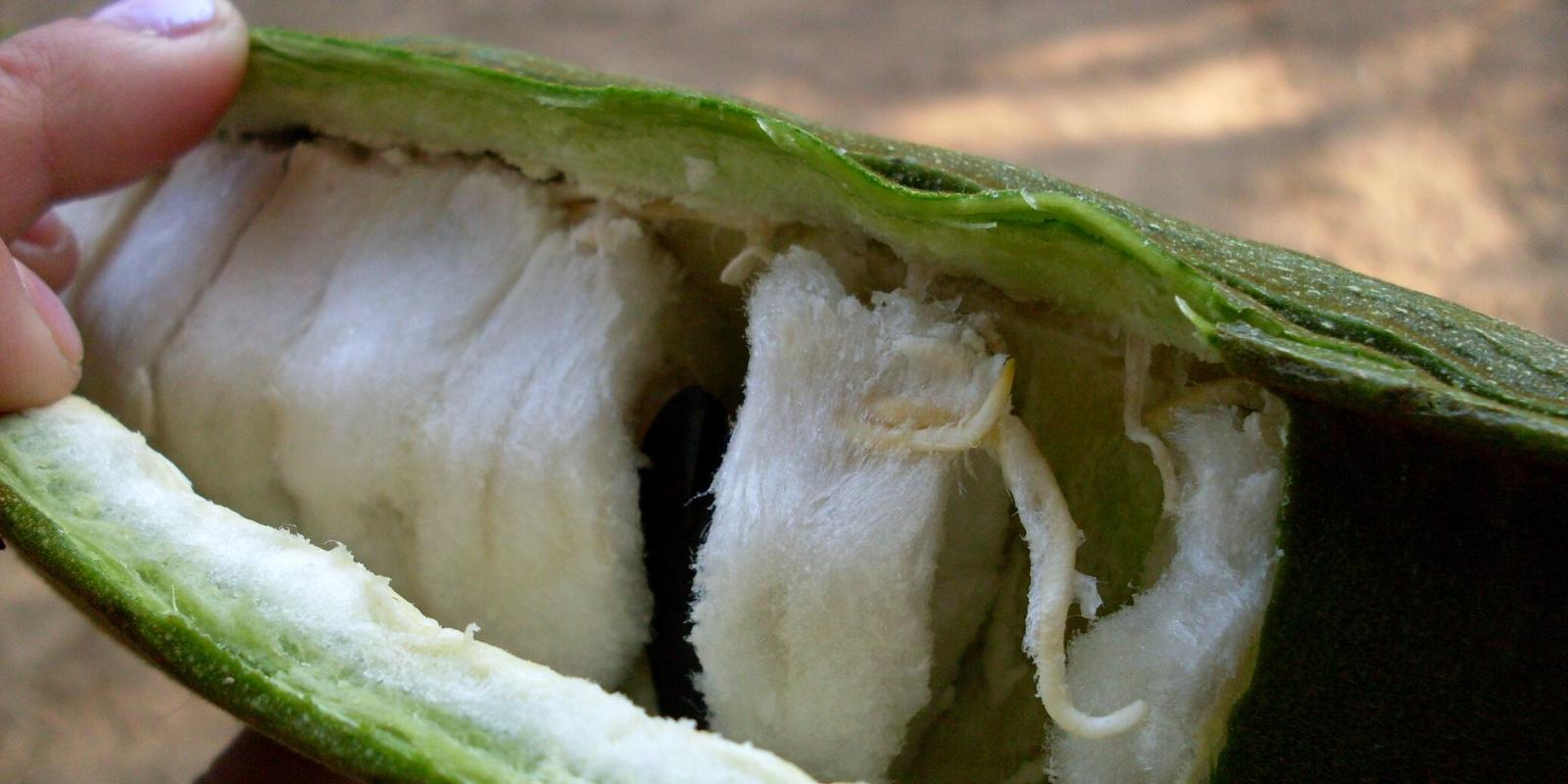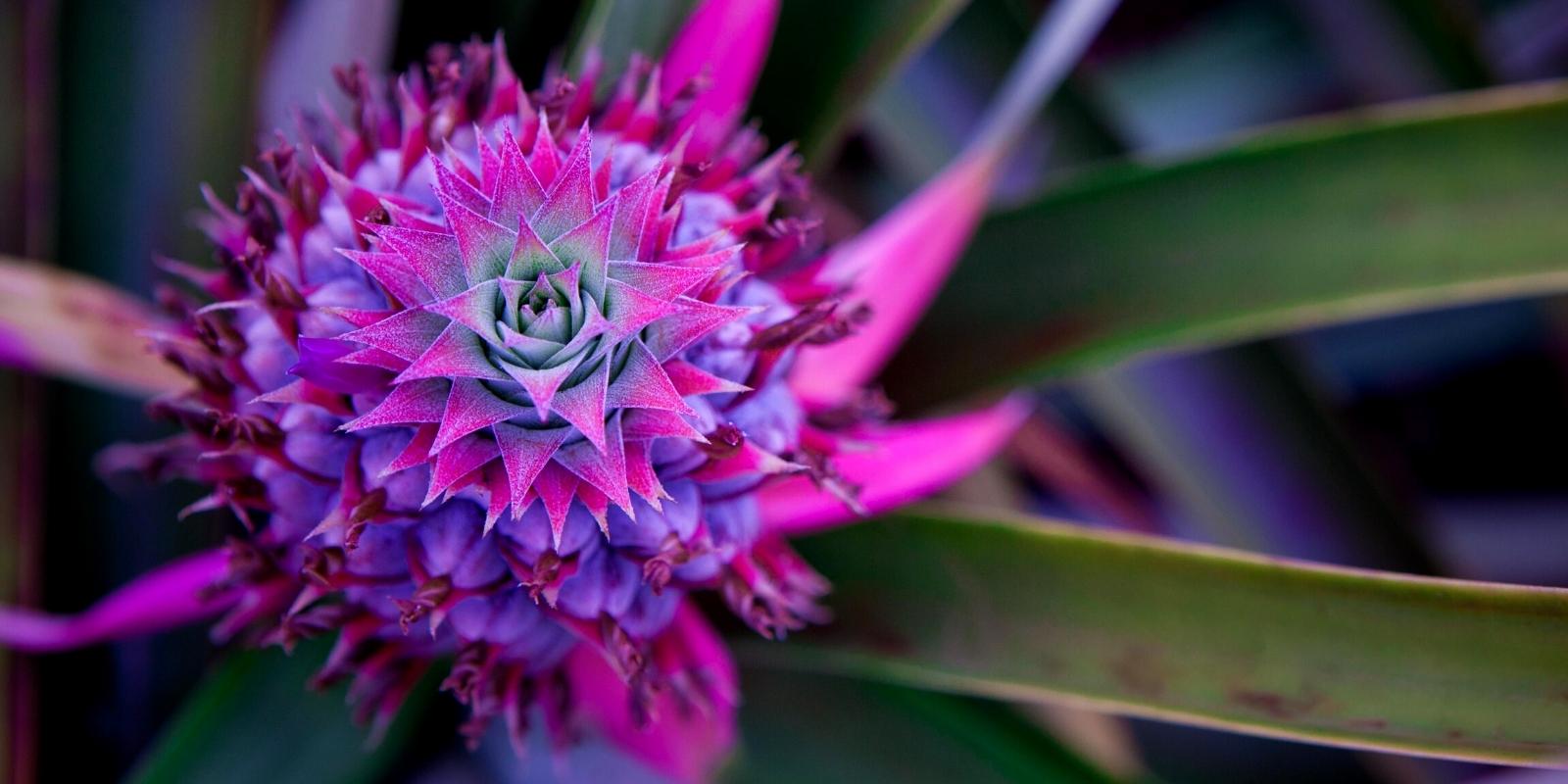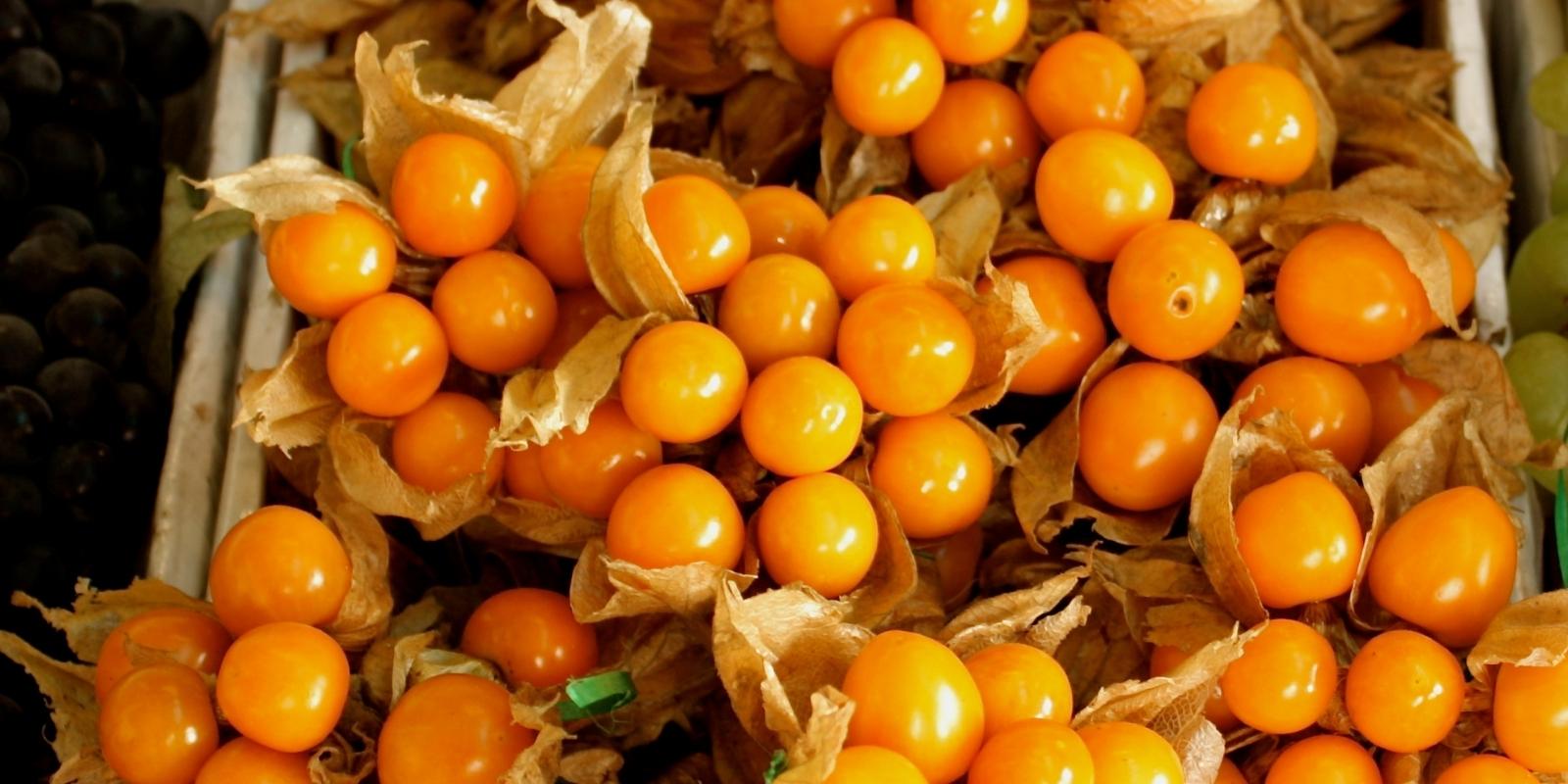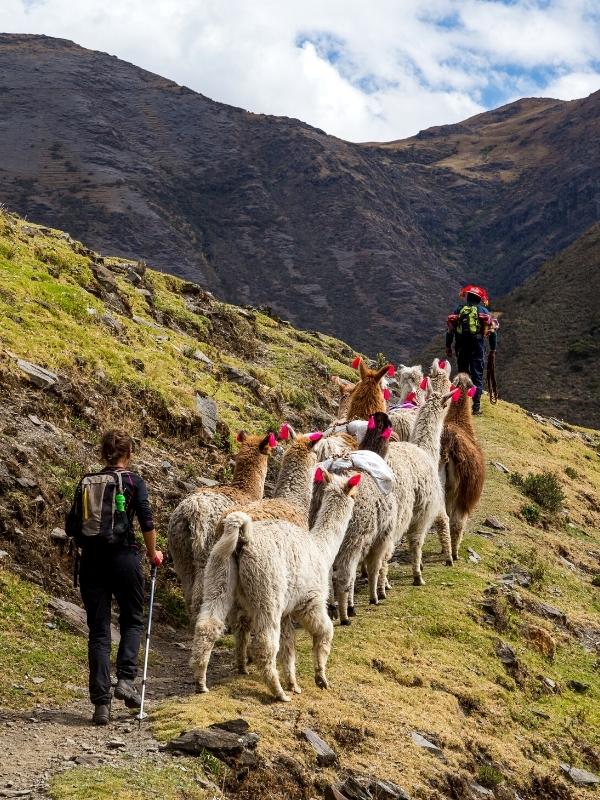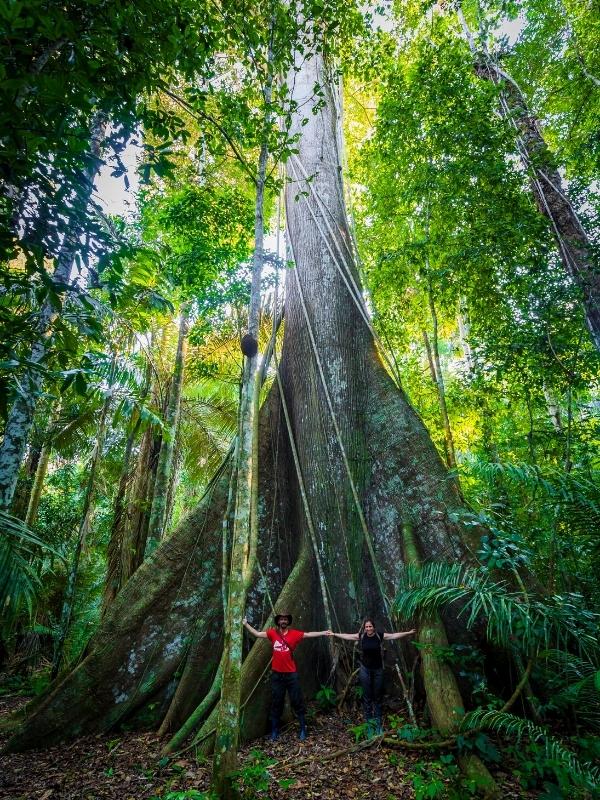The pale carob tree is native to northern Peru, Colombia and Ecuador but has become acclimatized in other regions of America. It is a tree that grows wild on the north coast of Peru up to 1,500 meters above sea level. Although, in areas where there are droughts and the land is infertile, it develops as a bush. In the 19th century, the famous researcher Antonio Raymondi discovered in Peru pre-Columbian idols carved in wood that represented the “carob tree”, which is why it is believed that this plant was already known and used since pre-Hispanic times.
The fruits of this plant, also known as carob trees, are pods with sweet and fleshy pulp, measuring between 10 and 30 cm long, 1 to 1.5 cm wide and 5 to 9 mm thick. Inside they contain 20 to 30 seeds (per pod) of a grayish or brown color, with an ovoid and flattened shape, and present in one number per pod.
The carob tree, or Prosopis pallida, is a tree of South American origin that has provided, since ancient times, multiple benefits to the Peruvian inhabitant, thanks to its qualities as food and raw material for the development of various economic-productive activities. Its best known product is algarrobina. The carob is a legume with a high nutritional content, it is rich in fiber, glucose, fructose and sucrose. In addition, it has carbohydrates, minerals such as potassium, iron, zinc, iodine, selenium and calcium, and in lower concentrations, macrominerals such as phosphorus and magnesium. It also provides a high content of B vitamins (B1, B2, B3, B6, and B9), C and E, as well as important fatty acids.
Its nutrients balance the pH of the blood and, being an energetic food, it benefits the proper functioning of the immune system to protect the body and mitigate the impact of various diseases. Likewise, it can be considered a good source of amino acids, since it contains the seven essential types (threonine, methionine, valine, isoleucine, leucine, phenylalanine and lysine) in concentrations that meet WHO standards.
